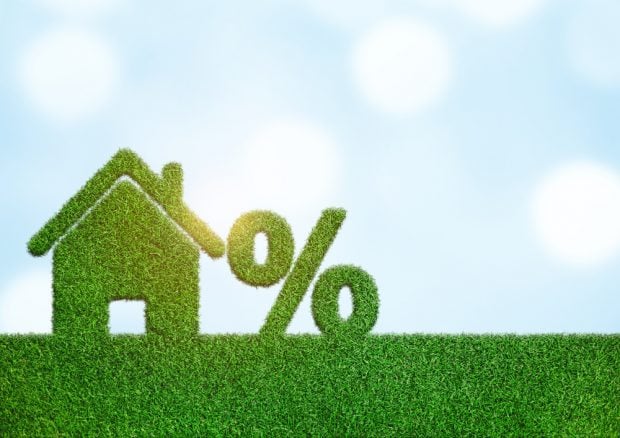 Source: Monster Ztudio/Shutterstock
Source: Monster Ztudio/Shutterstock
The outlook for mortgage originations brightened under the latest forecast from the Mortgage Bankers Association despite record high housing prices and low inventories.
The Washington, D.C.-based group raised its mid-year forecasts for refinances, while slightly lowering its second-quarter forecast for purchases. Neither change affected the year's expected trends of falling refinances and rising purchases.
Recommended For You
Joel Kan, the MBA's assistant vice president of economic and industry forecasting, said Tuesday interest rates have trended up overall, but came down slightly in early April, triggering some fence sitters to refinance. And applications coming in this quarter might not close until the third quarter because of backlogs.
"We still have the applications coming in," Kan said.
The MBA raised its refinance origination forecast 17.5% to $590 billion for the second quarter and 20.5% to $235 billion for the third quarter. Even with those improvements, the MBA said it expects full-year refinances to fall 27.2% from 2020's record.

With refinances still accounting for nearly two-thirds of mortgages, the MBA forecast total originations for 2021 will be $3.4 trillion, down 11.2% from 2020's record level.
The MBA lowered its forecast for second-quarter purchase originations down 2.5% to $460 billion. The revised amount is 32.2% higher than a year earlier.
"We saw a little weakness in our purchase application data," Kan said.
That in turn reflected a slower pace of home sales and rising prices for lumber and other materials that are affecting the pace and cost of home building. While this year's purchase mortgage originations will be lower than expected, "we expect that to come back in 2022 and 2023," Kan said.
On Tuesday the Federal Housing Finance Agency reported that its House Price Index rose 12.6% from the first quarter of 2020 to the first quarter of 2021. The increase was 3.5% from 2020's fourth quarter. And the seasonally adjusted gain from February to March was 1.4%.
"House price growth over the prior year clocked in at more than twice the rate of growth observed in the first quarter of 2020, just before the effects of the pandemic were felt in housing markets," Dr. Lynn Fisher, FHFA's deputy director of its division of research and statistics, said. "In March, rates of appreciation continued to climb, exceeding 15% over the year in the Pacific, Mountain and New England census divisions."
Also on Tuesday, the Census Bureau reported a seasonally adjusted 863,000 new homes were sold in April, down 5.9% from March and up 48.3% from April 2020 near the height of COVID-19 pandemic restrictions.
About 73% of homes were sold before completion in April, unchanged from March but up from 58% in April 2020.
Census found 38% of new homes sold for at least $400,000 in April, up from 31% in April 2020 and 32% for all of 2019. About 33% of homes sold from $300,000 to $399,000, 38% sold for more and 28% sold for less.
The National Association of Realtors reported May 21 that existing homes were sold at a seasonally adjusted annual rate of 5.85 million in April, down 2.7% from March and marking the third straight month of decline. The median sales price was $341,000, up a record 19.1% from a year earlier.
© 2025 ALM Global, LLC, All Rights Reserved. Request academic re-use from www.copyright.com. All other uses, submit a request to [email protected]. For more information visit Asset & Logo Licensing.






